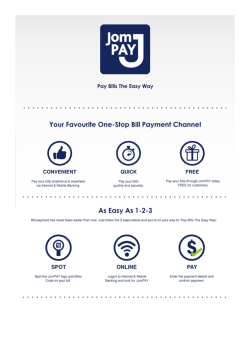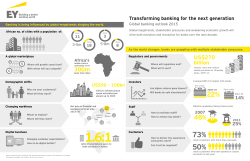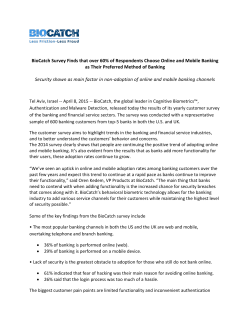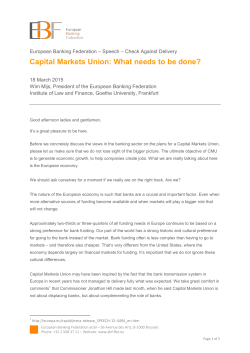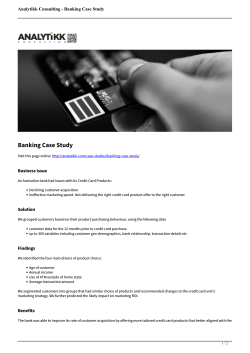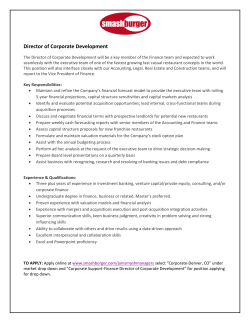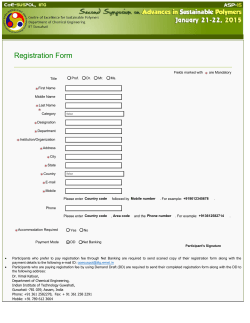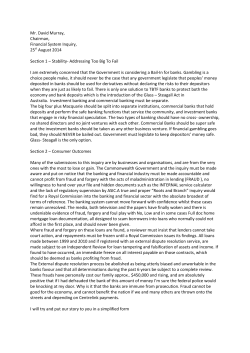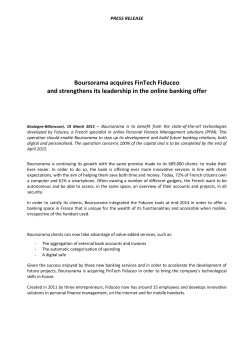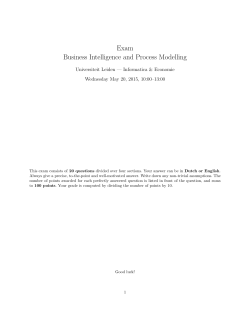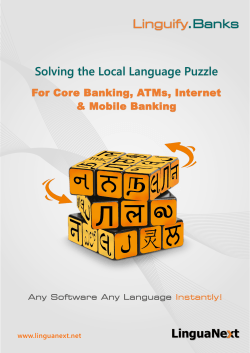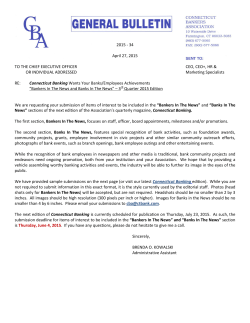
Infographic - Close the Gaps
Understanding the Banking Consumer Expectation Gap 77% of customers cite a gap in their expectations. The newly launched FIS™ Consumer Banking PACE Index measures bank performance in meeting customer expectations across a range of factors essential to building relevance and trust. above expectations 100 above expectations 100 GOAL: meet expectations 90 91 Credit Unions 84 Community Institutions GOAL: meet expectations 80 73 70 60 77 Average 73 Top 50 Global Banks 71 Large and Midsize Banks 73 83 Germany 80 79 United States United Kingdom 76 Canada, France 73 Netherlands 68 India 64 Brazil 62 Thailand of banked consumers globally believe bank performance meets or exceeds their expectations. index score 100+ 100 90 80 Average 23 % GOAL: MEET EXPECTATIONS % of banked consumers globally believe bank performance falls below their expectations. index score < 100 Globally, average index scores for all types of financial institutions and for all countries fall below 100. 70 60 below expectations below expectations What is the FIS Consumer Banking PACE Index? How consumers score their primary banking providers’ performance on 18 service expectations How consumers score the importance of 18 service expectations The Index measures performance gaps on 18 service expectations. FIS conducted online research with 9,000 banked consumers in nine countries to produce the index. Positive or negative performance gap Banks fall short of consumer expectations on 11 of the 18 Index service attributes MOST IMPORTANT High OUTPERFORMING EXPECTATIONS Connected Safety Security Digital payments In-person service average PERFORMANCE Omnichannel Simplicity Control Advice Immediate Fairness Reliable Aspirations Leading-edge products Customized Anticipates Low Transparent UNDERPERFORMING EXPECTATIONS Recognition average LEAST IMPORTANT High IMPORTANCE Important takeaways Positive gaps between expectations and performance Banks are meeting consumer needs for convenience, choice and access. Digital payment options for transactions Face-to-face personalized service Anywhere, anytime access through online and mobile OPPORTUNITY Consistent account information across points of contact Evolve customer relationships beyond providing transactional convenience to provide greater control and sound money management to consumers. Systems that respond fast enough to keep up with me Consumers don’t feel their banks deliver a fair and open deal – basic to building trust +12 +11 Follows through on promises Doesn’t have hidden charges or fees -22 Banks have the opportunity to deliver benefits that create advisory, more relevant relationships +12 Easy-to-understand pricing and terms -9 -14 Fix the foundations of trust by scrutinizing customer journeys to determine where trust breaks down; increase transparency and improve communications. +14 “The little app on the phone is one of the most convenient things I’ve ever met.” New York bank customer Negative gaps between expectations and performance OPPORTUNITY “They have changed the laws of banking fees but still there are a lot of hidden fees that people don’t know about.” Toronto bank customer Negative gaps between expectations and performance -7 -12 OPPORTUNITY Get personal with digital to establish advisory relationships with growing numbers of customers who prefer to engage digitally. +18 -15 Helps me achieve goals important to life “I’d like more updates on my personal account and help with supports and features. When it comes to finance you should really know as much as possible.” Rewards me for my business London bank customer Advice I trust to help manage money While giving the thumbs up to banking convenience, customer expectations of the basics trail the digital experience. Fairness, reliability and transparency should be developed universally without favoring any specific demographic. Could do better – an average index of 73 Simplify, improve communication and help customers keep control of their finances. Include the personal touch with digital delivery to help customers achieve their goals. The FIS survey includes 9,000 retail banking customers from nine countries – 1,000 surveys conducted online in each country. FIS collaborated with TNS, a research business unit of Kantar, to conduct the research. Banked individuals between 18 and 75 years old who have financial decision-making authority in their households were surveyed. Questionnaires were translated into local languages, and the survey instrument was designed to mitigate cross-cultural biases. Sampling was designed to be representative of age and gender for each country. Find more information on the FIS Consumer Banking PACE Index at http://closethegaps.fisglobal.com
© Copyright 2025
